Home > Climate News >

Protocols for bird-friendly habitat management certification
Audubon and its partner ranchers employ a variety of tactics to manage the land upon which cows graze. Together, these tactics are what leads to Audubon’s certification that certain beef products are produced with bird-friendly land-management practices
To get certification, ranchers follow a set of program standards in four areas: habitat management; forage and feeding; animal health and welfare; and environmental sustainability…

What in the world is conservation ranching?
“Wild bison were unwitting conservationists. As they roved the Great Plains, snacking here, trampling there, the hefty mammal carved diverse plant landscapes for any species’ nesting, mating, or hunting requirements. When humans substituted these shaggy ungulates for cows, the territory transformed. Without guidance, cattle mow fields to a single height and encourage only a couple plants to rebound. Few birds thrive in this monotony…”
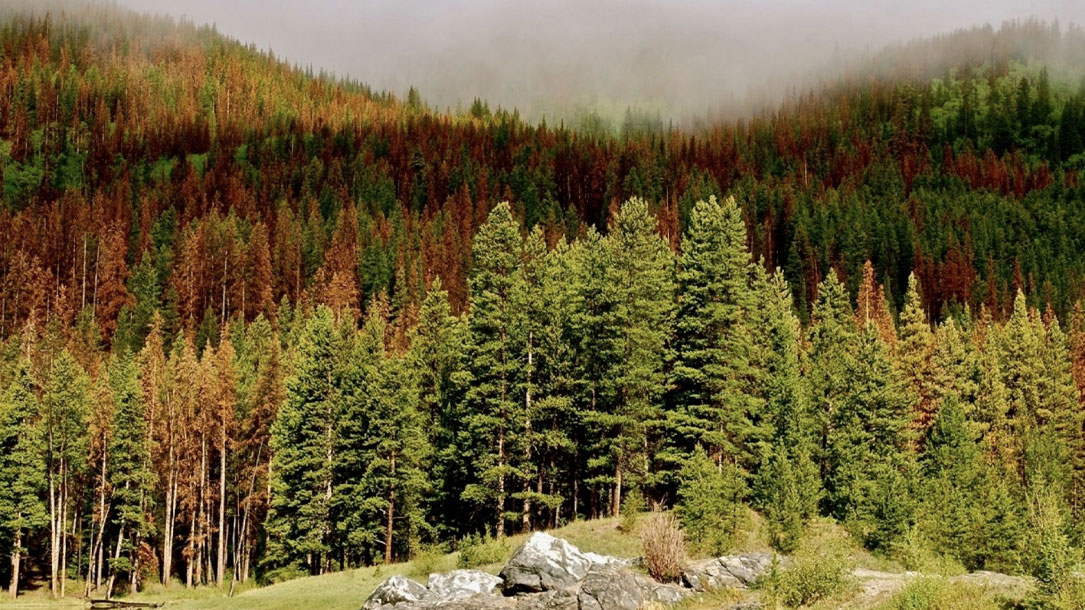
Many overheated forests may soon release more carbon than they absorb
New research shows that Earth’s overheated climate will alter forests at a global scale even more fundamentally, by flipping a critical greenhouse gas switch in the next few decades. The study suggests that, by 2040, forests will take up only half as much carbon dioxide from the atmosphere as they do now, if global temperatures keep rising at the present pace.
The study, published Wednesday in Science Advances, analyzed more than 20 years of data from about 250 sites that measure the transfer of carbon dioxide between land and plants and the atmosphere—the way the planet breathes. Forests and the rest of Earth’s land-based ecosystems take up about 30 percent of human carbon emissions, so any big change in that process is important…

Climate justice: the intersection of climate science, environmental and social justice
The Earth System Science Center has announced the lineup for its spring 2021 Climate Dynamics seminar series. The series will focus on the cutting-edge climate research being conducted in the Earth and Environmental Systems Institute and the Climate Science dual-title graduate program in the College of Earth and Mineral Sciences at Penn State. The seminars, which are free and open to the public, take place from 11:15 a.m. to 12:30 p.m. on Wednesdays via Zoom.
You may appreciate listening to the webinar about climate change, environmental and social justice.
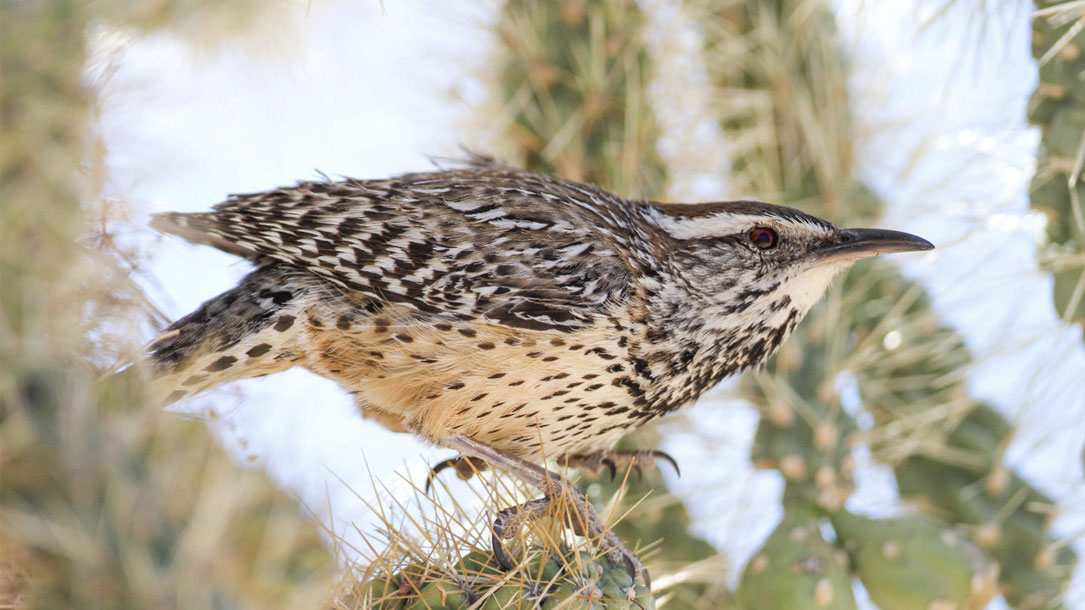
How desert birds can survive with very little water
In the desert Southwest, summer temperatures sizzle, rising well over 100 degrees. And in some parts of the desert, there is not a drop of water for miles.
Yet some birds thrive in this scorching landscape. Here a Black-throated Sparrow sings from a thorn scrub. Now, a Cactus Wren announces itself atop a barrel cactus. And neither will be flying miles every day to the nearest source of water. So how do they survive?
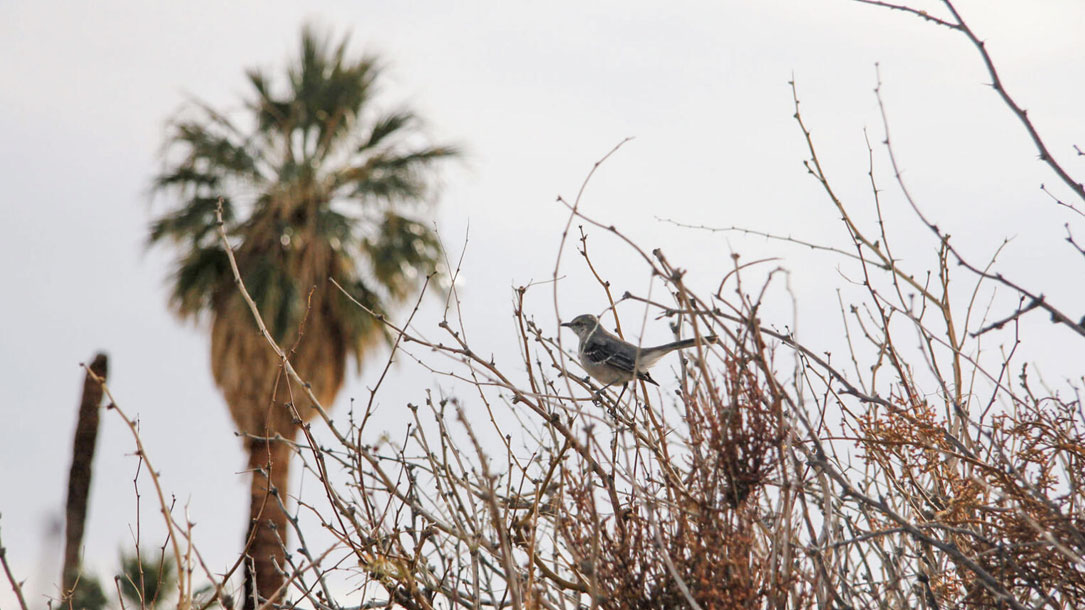
How climate change pushes even the hardiest desert birds past their limit
The Mojave Desert, like many deserts across the world, is getting hotter and drier. Over the last century, it’s warmed by about 3.6 degrees Fahrenheit (2 degrees Celsius), and its already sparse rainfall has declined by 20 percent in some areas. Even before modern climate change, the Mojave’s birds lived at extremes; many desert birds have evolved special drought adaptations to save water. Now they’re facing conditions that exceed their physiological limits, according to new research published in Science.
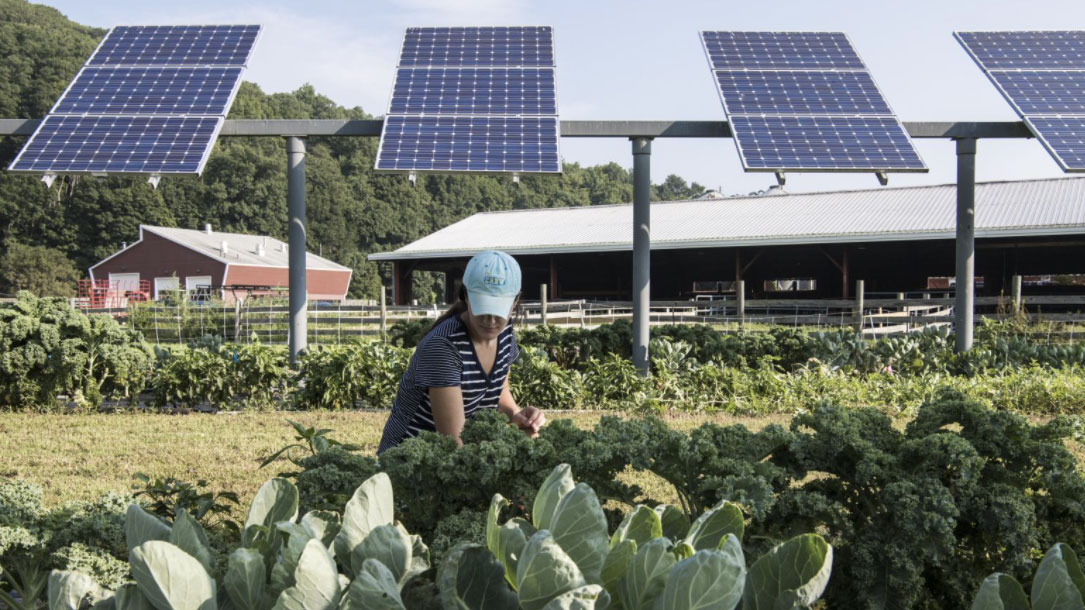
Benefits of agrivoltaics across food, water, energy sectors
Food and energy security need not be competing objectives. In fact, taking a holistic, integrated approach to food-energy-water decision making can increase resiliency of both food and energy systems…
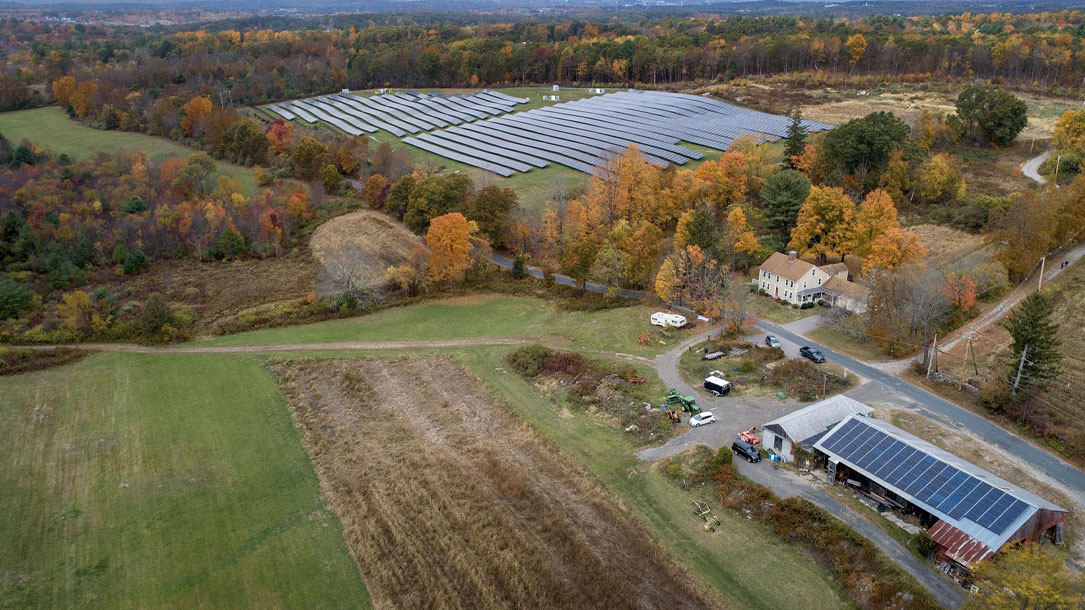
Farms will harvest food and the sun, as Massachusetts pioneers ‘Dual-Use’ Solar
Fickle weather and fluctuating prices make farming a risky business, so five years ago, [Paul] Knowlton installed a new cash crop: solar energy. He turned 19 acres into two solar energy fields. “Doing the solar was very beneficial,” he says. “In the wintertime there is no revenue for a farm. It’s a tough game.”
Knowlton wants to increase the production of solar power on his farm, expanding it to another 14 acres. But this time, cutting-edge technology is making it possible to harvest both the sun’s energy and crops on the same land. It’s called “agrivoltaics” or “dual-use solar”…Knowlton has nine children, and hopes solar will help the farm stay in the family. “We’re going to keep it for the next generation to enjoy,” he says.

Juneau’s climate change solutionists: preserving wetlands and peatlands with Koren Bosworth
While the rest of the world celebrated World Wetlands Day on February 2nd, we in Juneau might wonder if every day is wetlands day, especially when venturing off a developed trail.
We are lucky for it. Our spongy ground might be inhospitable to tromping and building, but it performs a service arguably more important than recreation or development: carbon sequestration.
Juneau’s peatlands and wetlands are carbon sinks, complex biomes that trap carbon in an anaerobic environment, slowing the decomposition of organic material. Coastal wetlands can store five times as much carbon as a tropical forest over time; peatlands store ten times more carbon than other kinds of ecosystems…
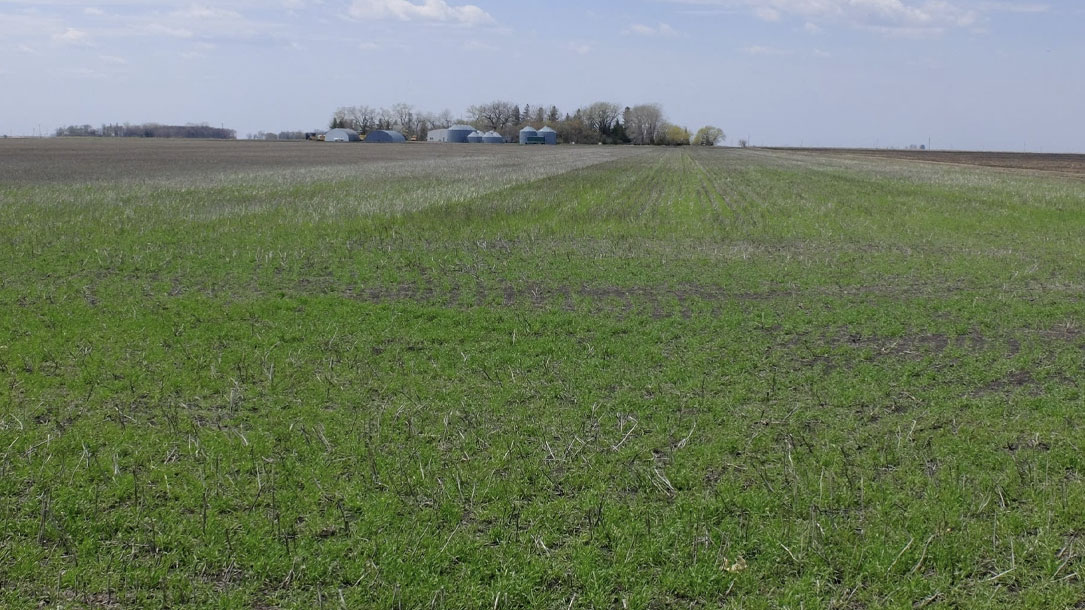
A ‘carbon bank’ could mean extra cash for Midwest farmers
A well-known Minnesota agribusiness hopes to turn climate change concern into cash for farmers.
Land O’Lakes, through its sustainability arm, Truterra, last week launched a carbon exchange program in which companies that want to reduce their greenhouse gas emissions can buy credits, and farmers get paid for increasing carbon storage in the soil…












